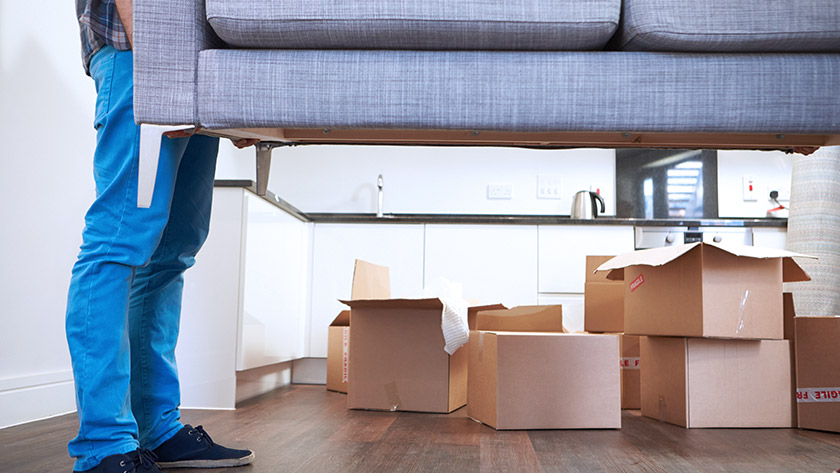
One of the most challenging parts of being a landlord is dealing with the damage that tenants leave in rental units. Whether it’s accidental or due to wear and tear, any type of damage will take time and money to fix, two resources that are both difficult to attain, especially with a busy landlord schedule.
Nevertheless, it can help to anticipate damage before tenants end their lease and move out. In this way, you won’t have to be constantly surprised with a new issue in your rental every time you turn the corner. Moreover, you can somehow prepare the money and time it will take to fix the damages before potential new tenants arrive for tours.
Here are the most common types of damage that landlords can face after tenants leave:
Table of Contents
Paint can crack, peel, and chip over time, especially when it is not high-quality, to begin with. On top of that, various tenant activities such as pushing furniture against the wall or accidentally nicking the paint can accelerate different types of paint damage. Luckily, aesthetic issues on the paint are easy to conceal with a fresh layer, preferably done by a reputable general contractor.
Using abrasive cleaning tools and harsh chemicals on porcelain tubs, sinks, and toilets can damage the material. Unfortunately, not all tenants know that, and months or years of poor cleaning practices can eventually wear down the porcelain. If the previous tenant left the unit with the porcelain fixtures excessively worn, don’t fret. You can still restore them to their former glory by calling in a professional porcelain restoration service.
The lease agreement may explicitly indicate that tenants are not allowed to drill holes into the walls, but there are some tenants that simply don’t follow the rules. Of course, you can deduct the damage on their security deposit and use the money to fill holes, either by yourself or with the help of a contractor.
If you decide to go the DIY way, apply spackle on the hole with a putty knife. After the spackle dries, sand the area until it evens out, then re-paint. ;
Blinds, especially low-quality ones, are easily bendable. If your tenant rolls them up and down every day, they are even more likely to break or bend out of shape. If you find the blinds in poor condition after your tenant leaves, you may be entitled to deduct the cost of replacing them from their security deposit. Blinds are typically inexpensive, and you can install them on your own in no time. But if there is only one blind bent out of shape, attempt to straighten it out by hand.
If your units have carpet, stains are almost always inevitable. People have different habits when it comes to carpet maintenance, and your tenant may either not want or don’t know how to clean up stains from the carpet.
Unless the stain is fresh, it will be most likely deep-seated when you finally get to inspect the unit. Don’t rage just yet. With the right cleaning tools and some elbow grease, you may be able to get the stain out without calling in a professional carpet cleaner. However, if the stain refuses to budge or is too big, it’s easier to have professionals remove it for you, or perhaps replace the stained section of the carpet.
Whether it’s on hardwood floors, kitchen counters, or bathroom tiles, scuff marks are difficult to avoid completely. Luckily, scuff marks are easy to remove with Magic Eraser and some warm water. Non-gel toothpaste also works like a charm; simply apply the toothpaste on the scuff marks, then wipe it away with a damp cloth.
Hardwood floors are classically beautiful and are way easier to clean than carpets, but there is one catch: they are very prone to scratches. Shallow scratches on hardwood floors can be removed using raw walnut. Deeper scratches, on the other hand, can be hidden with a wood-colored marker or pencil (you can find these at the hardware store).
Even the kindest tenants can inadvertently cause damage to your unit, and there are the general wear and tear that’s no one’s fault. Whatever the case may be, it’s always a good idea to anticipate damage rather than hope for the best. And by knowing the most common types of damage the tenants leave, you can better prepare to deal with them before the new tenants come in.